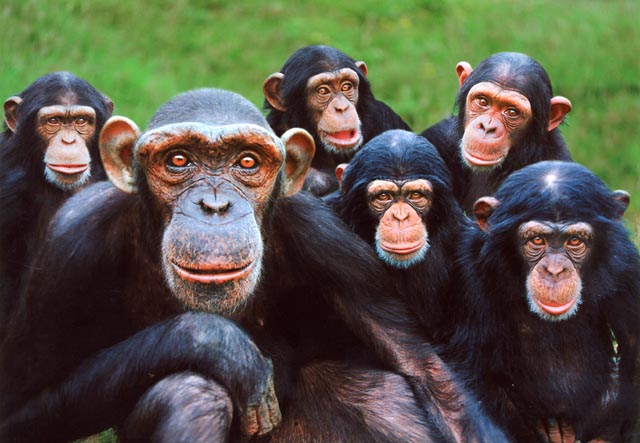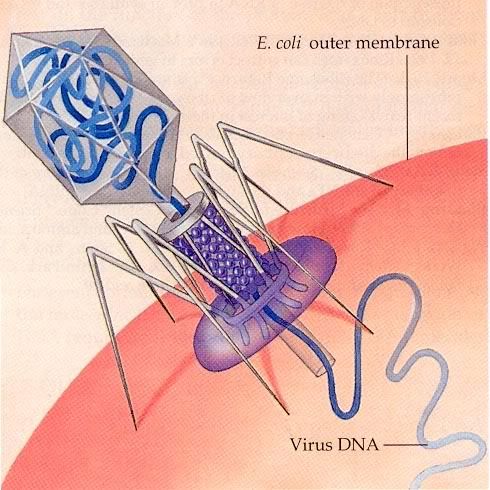Chimpanzees apparently do have personalities, according to a new study. Although, what first struck me was: “How does one define a personality?” I’ve always viewed it as something quite subjective. When I consider someone to be the type of person who lacks a personality, I tend to have people who disagree with me. They’re wrong, of course, but they still disagree with me.
Anyway, the research team at the University Of Edinburgh apparently found that Chimpanzees do have personalities. What is an animal personality, though? Well an animal personality is defined as the differences between different animals. To make it a little clearer, if there’s a fish and he can see some bait in the water. A fish with personality A may think to himself that he doesn’t want to take the risk and isn’t interested anymore. A fish with personality B may decide he will take the risk to get the juicy piece of bait on the end of the hook. And this can be applied to a variety of different scenarios.
The study also specified that chimpanzees and animals like Orang-utans, which are sometimes referred to as ‘People of the Jungle’, need and require friends just like most humans. But surely we knew this in the beginning due to the herd mentality of many species of ape? If you watch any nature show then you will see it. In fact, some species of ape will even get their protein from killing and cannibalising other apes.
What does all this mean, though?
In short, it will have very little impact on our scientific advancement, nor will it influence tomorrow or anything like that. What it will show, with a little more research, is that we did evolve from a common ancestor; the common ancestor being the ancestor chimpanzees evolved from too. And this will have a profound impact on a variety of religious sects as they still don’t believe that evolution even exists.

Furthermore, a question I’ve always wondered about, is who exactly is this common ancestor? If we can gradually trace ourselves back then it will yield the various incarnations of ourselves all the way throughout history. It doesn’t necessarily mean anything, but it is a point of interest at least.
On a side note, the only thing we have to be surprised about is why didn’t we know all this before? Why do humans still find it hard to grasp that we are just really intelligent apes? Why do so many humans still think we came from somewhere special, as if we are not like anything else on our planet? If we did then surely we could have predicted this to start with. Surely we are just slightly more intelligent monkeys?


